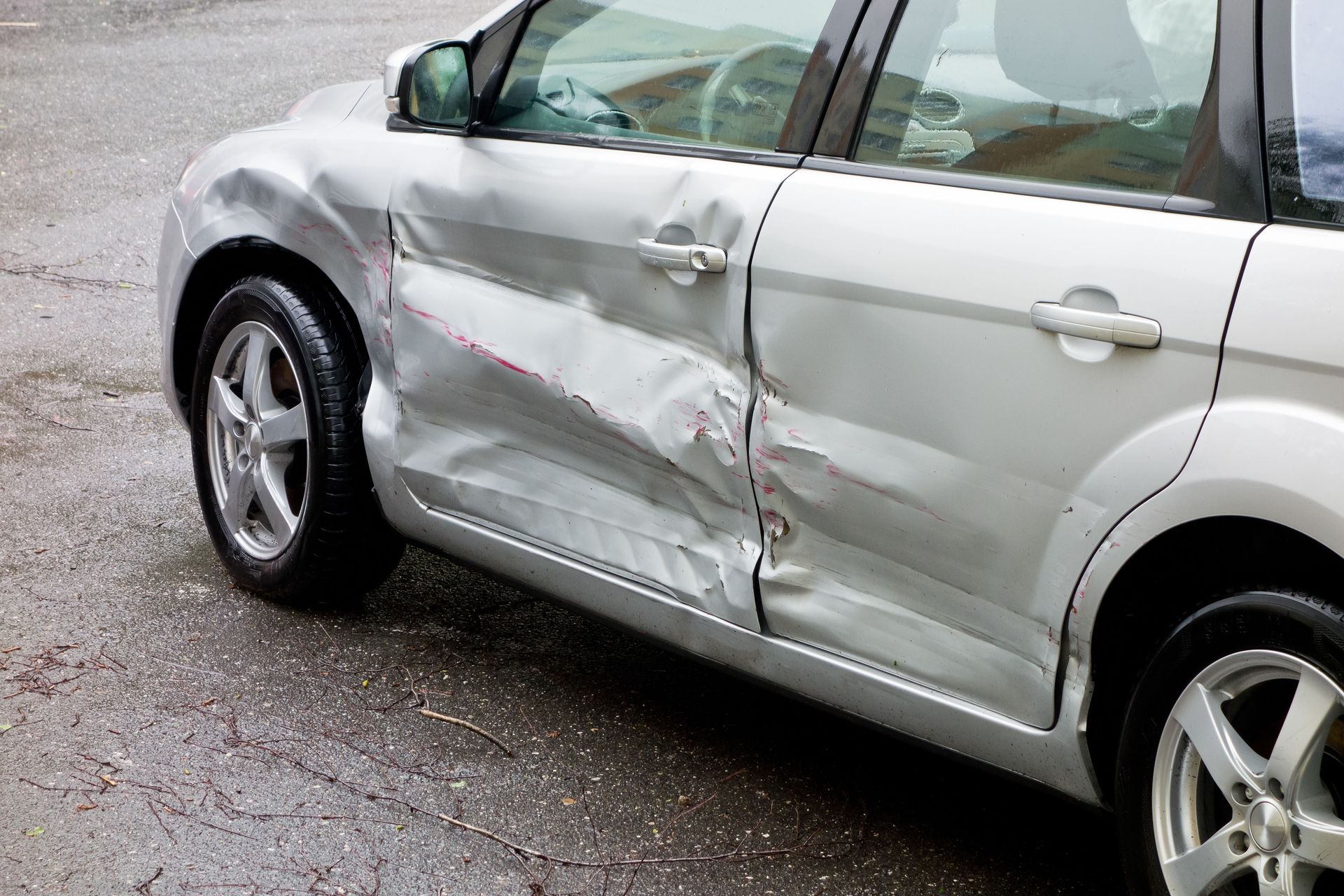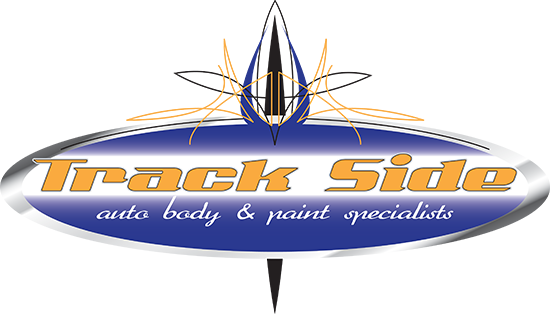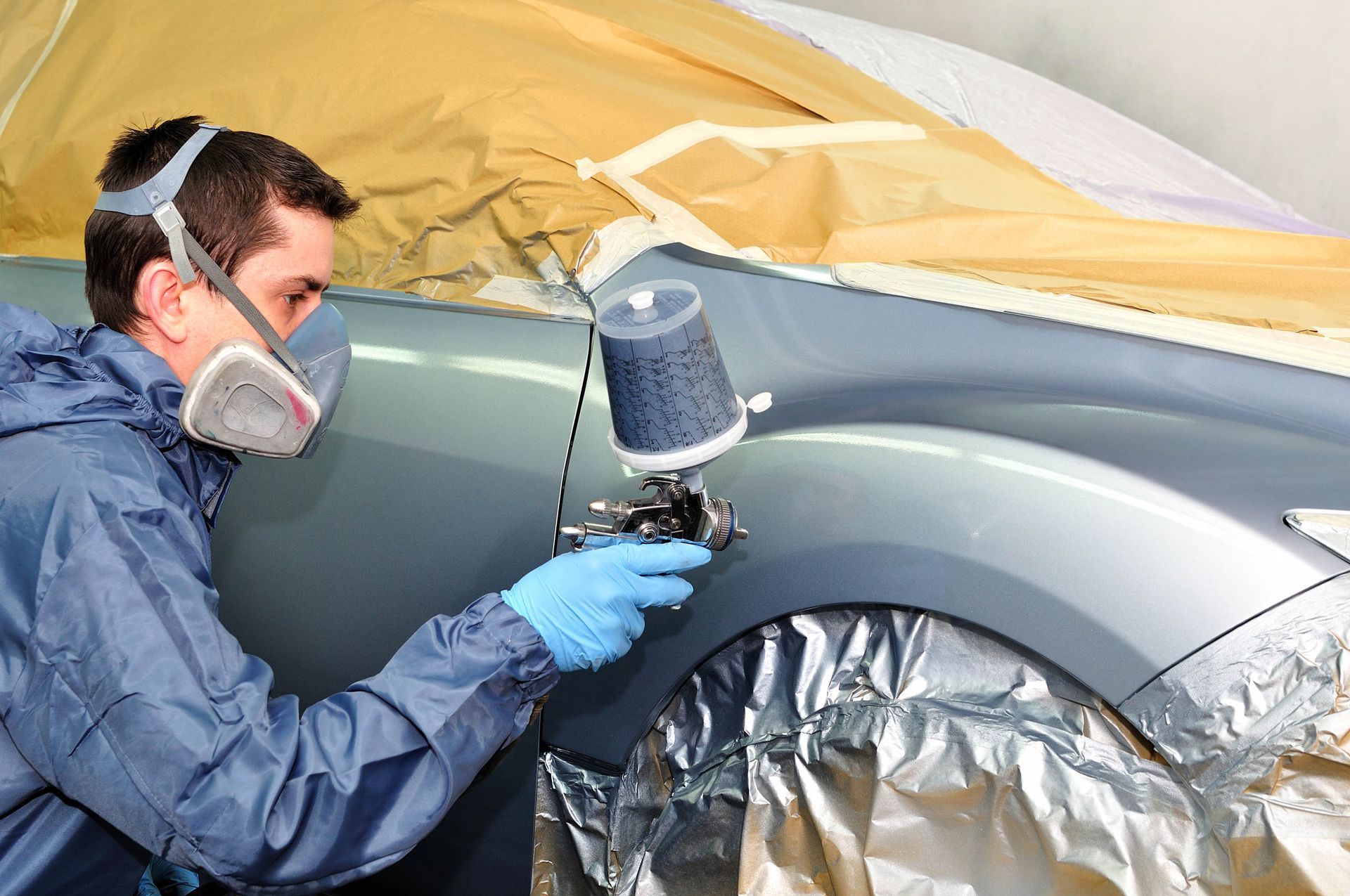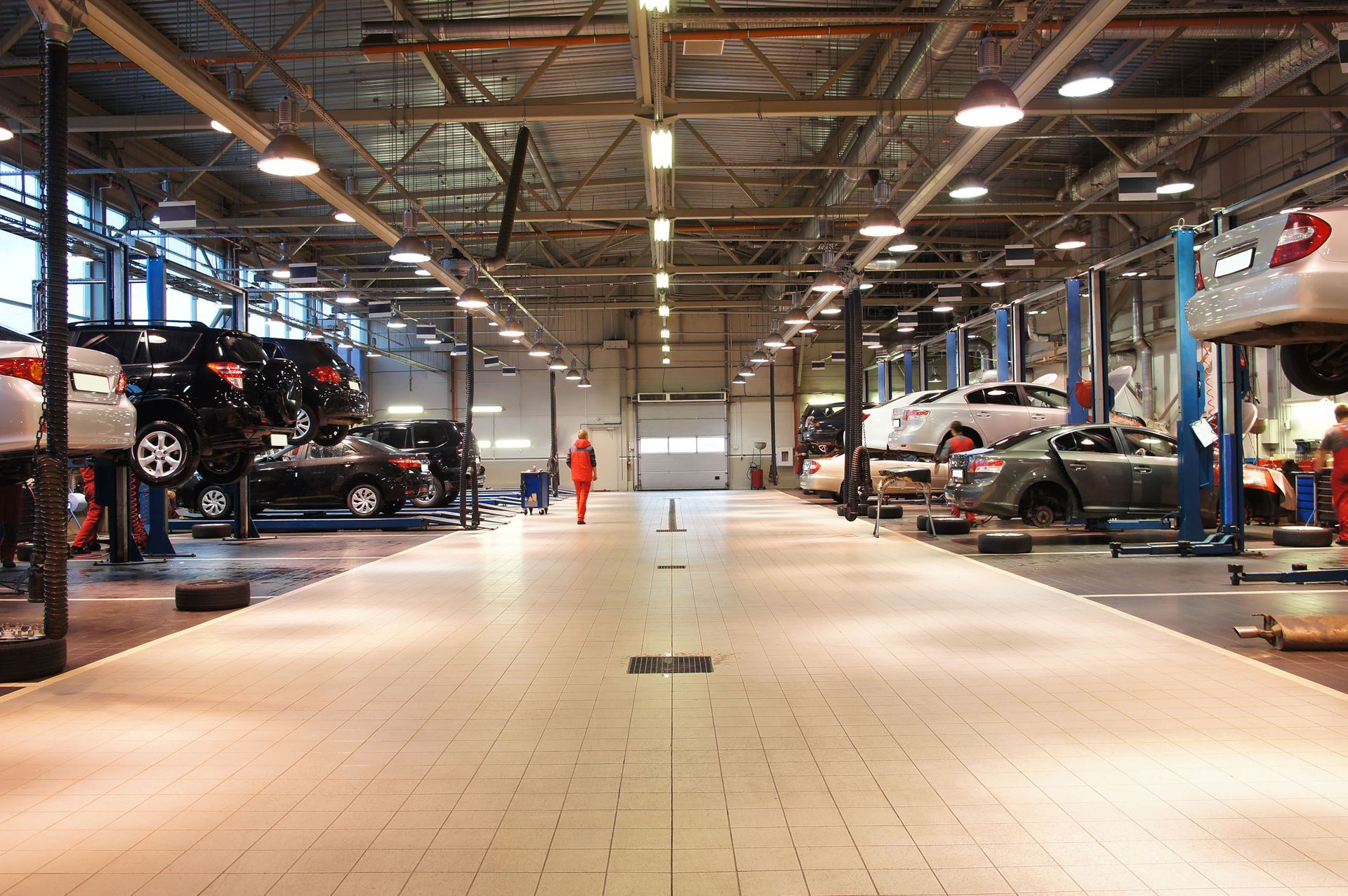July 31, 2025
Automotive dent repair is essential for maintaining the aesthetic value and structural integrity of vehicles. There are two primary approaches to dent repair: paintless dent repair (PDR) and traditional dent repair. Understanding the differences between these methods is crucial for vehicle owners who must make informed decisions regarding repairs. PDR offers a non-invasive solution that preserves the original paintwork, while traditional methods involve repainting and often more extensive bodywork. This article delves into the distinctions between these two approaches and their respective advantages and drawbacks in the context of cost, time, environmental impact, and overall effectiveness.
Understanding Paintless Dent Repair (PDR)
Definition and Core Techniques
Paintless dent repair (PDR) is a technique that involves removing dents from a vehicle's body without disturbing the original paint. The core techniques used in PDR rely on specialized tools to meticulously push and massage the metal back into its original shape from behind the panel. This process requires significant skill and precision to avoid cracking the paint or damaging the panel. PDR is particularly effective for minor dents, such as those caused by hail or small parking lot mishaps. The method is not only cost-effective but also oftentimes quicker than traditional repair methods.
History and Evolution of PDR
The origins of PDR trace back to the late 1940s when it was first employed in automotive assembly lines in Germany. Over the decades, the technique evolved with advancements in tool design and the development of more sophisticated training programs for technicians. The method gained substantial popularity in the 1980s in the United States as a preferred method for repairing minor dents without repainting or filler application. Today, PDR stands as a critical component of the automotive repair industry, hailed for its efficiency and environmentally friendly approach. Despite its evolution, the fundamental principles of PDR remain rooted in its early innovations.
Common Applications of PDR
PDR is commonly applied to repair minor dents and dings that do not damage a vehicle’s paintwork. This approach is ideal for addressing damage caused by hailstorms, door dings, and minor creases that maintain the paint's integrity. While PDR is highly effective for shallow dents, it may not be suitable for areas where the paint has been deeply scratched or chipped away. The method is also useful for restoring original contours in places that are difficult to reach with traditional repair techniques. As a result, PDR is widely employed in scenarios where aesthetic preservation is critical and fast turnaround is desired.
Cost-Effectiveness of PDR
Paintless dent repair is generally more cost-effective than traditional methods due to its non-invasive nature and shorter repair time. The absence of painting or filler application reduces both material costs and labor time, making PDR a budget-friendly option. Moreover, since PDR preserves the original paintwork, there is no risk of paint mismatch, which can arise with traditional methods. Vehicle owners often appreciate the lower expenses associated with PDR when damage is minor and isolated. According to LLC Buddy, independent car repair businesses perform 75% of the aftermarket vehicle repair work, demonstrating the widespread adoption and potential savings offered by PDR.
Limitations and Challenges of PDR
Despite its benefits, paintless dent repair is not without limitations. It is ineffective for repairing damage where paint is cracked, chipped, or where deep creases are present. Additionally, PDR may not be possible for larger dents or areas with extensive damage to the vehicle's frame or structure. The success of PDR heavily depends on the experience and skill of the technician performing the repair. Consequently, for extensive damage, traditional methods may be the only viable option. The technique also requires specialized equipment, which can limit its application in some auto repair shops.
Exploring Traditional Dent Repair
Standard Procedures and Equipment
Traditional dent repair involves a series of processes to restore a vehicle's body to its original condition. The procedures often include sanding, filling with body filler, and repainting the damaged area. This approach requires an array of equipment, such as sanders, body fillers, and spray guns for repainting. Depending on the dent's severity, traditional methods may also require parts replacement if the damage affects structural integrity. While comprehensive, traditional dent repair is labor-intensive and typically incurs higher costs than PDR.
A Brief History of Traditional Dent Repair
Traditional dent repair has been the cornerstone of the auto body repair industry for decades. Initially characterized by basic metalworking techniques, the method evolved exponentially with the introduction of newer materials and technology. Over time, traditional repair techniques have adapted to meet the growing demands for precision and aesthetic perfection in the industry. The evolution of painting technology, such as the development of more eco-friendly paints and coatings, has further refined the traditional approach. Despite advancements, traditional methods still play a fundamental role in handling major bodywork repairs.
Comparing Costs: Traditional Methods
The cost of traditional dent repair can be significantly higher than PDR due to extensive labor and materials. The process involves not only physical repair but also precise application and blending of new paint to match the existing color seamlessly. Such meticulous work requires skilled technicians and premium materials, driving up the overall cost. For this reason, traditional methods are typically reserved for severe damage where PDR is not feasible. Nonetheless, traditional repairs can address a wider range of damage, making them indispensable in comprehensive vehicle restoration.
Versatility in Repairing Extensive Damage
Unlike PDR, traditional dent repair offers versatility in handling extensive damage, including frame repairs or deep impacts that compromise a vehicle's structure. The comprehensive nature of traditional repairs makes it possible to address complex damage with precision. Traditional techniques allow technicians to rebuild damaged panels, replace stretched or broken parts, and completely repaint the affected sections. This versatility proves essential for older vehicles or those involved in severe collisions. Despite advances in PDR, traditional methods remain indispensable in the toolkit of automotive repair professionals.
Drawbacks and Potential Issues
Traditional dent repair does come with its own set of drawbacks. The method is more invasive, often requiring additional time and labor to disassemble parts, apply filler, and repaint, leading to longer repair times. Additionally, the risk of paint mismatch or flaws in the finish can impact the vehicle's aesthetic. The involvement of harmful chemicals in some paints and fillers also raises environmental concerns. Despite these potential issues, traditional methods are critical for addressing damage beyond the scope of paintless repairs. Choosing the right repair approach is often a balance between the type of damage and the desired outcome.
Comparative Analysis of Repair Times
Typical Duration for PDR
The typical duration for paintless dent repair is relatively short due to its straightforward and non-invasive techniques. Most minor dents can be repaired within a few hours, allowing vehicle owners to quickly regain their cars. The efficiency of PDR makes it particularly appealing for busy individuals who cannot afford extended downtime without their vehicle. This quick turnaround also translates into reduced labor costs, enhancing the overall affordability of PDR. The speed of PDR completes multiple repairs faster than traditional methods, benefiting customers and shop schedules alike.
Timeframe for Traditional Dent Repair
Traditional dent repair, on the other hand, often necessitates longer timeframes due to its detailed processes. The repair may take several days, especially if repainting and curing are involved. Each stage, from initial assessment to final painting and finishing, introduces potential delays. The extent of the damage can further prolong the repair time as technicians address not only cosmetic but also structural issues. This longer timeframe can inconvenience vehicle owners requiring extended alternate transportation solutions.
Both paintless dent repair and traditional dent repair offer unique benefits depending on the severity and location of the damage. However, for minor dents and dings, paintless dent repair stands out as a faster, more cost-effective, and eco-friendly option that preserves your vehicle’s original finish. If you're unsure which method is right for your car, the experts at Track Side Auto Body are here to help. Contact us today to learn more about our paintless dent repair services and get your vehicle looking like new again.






